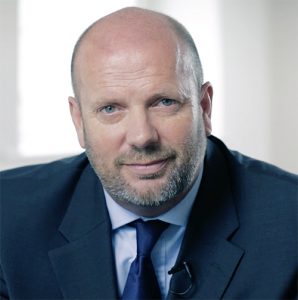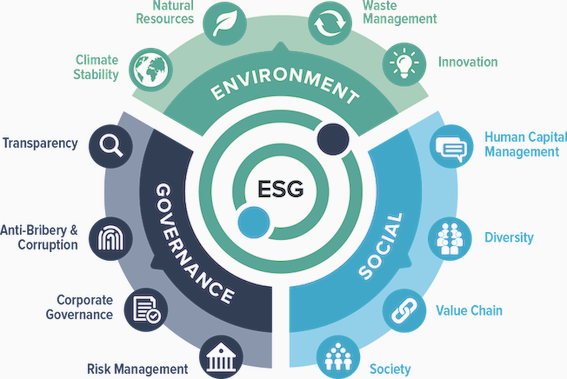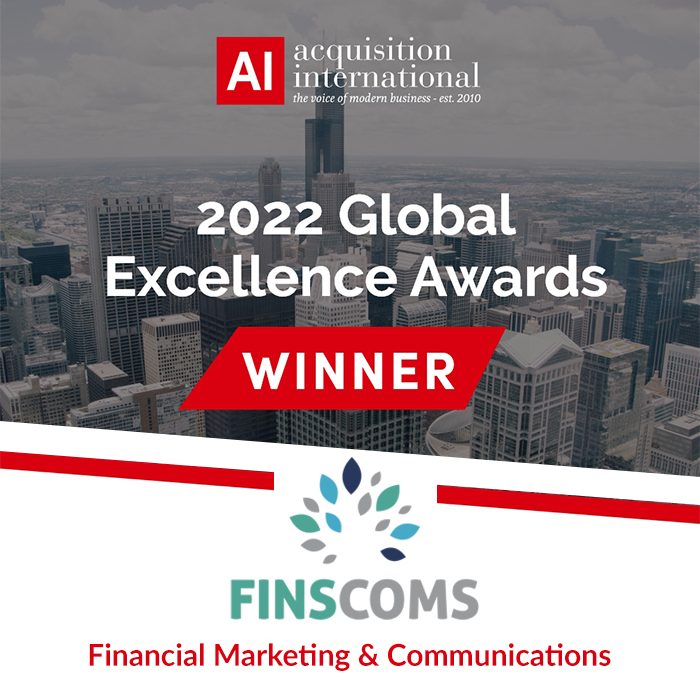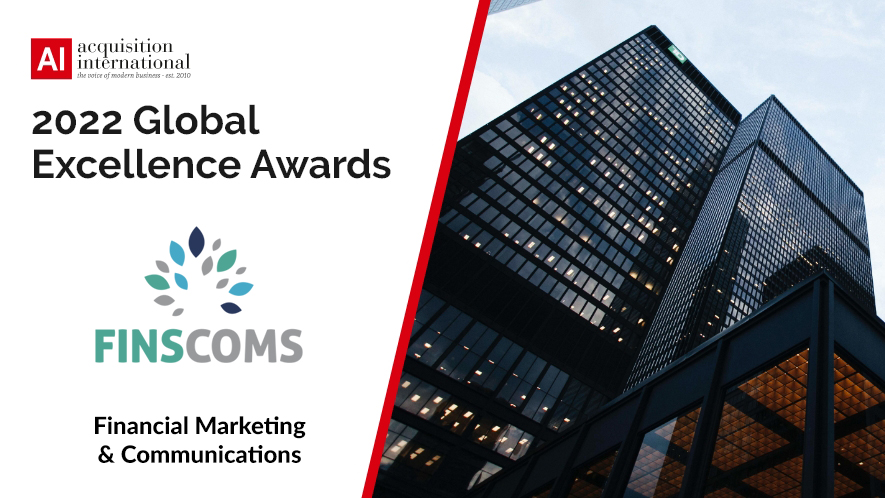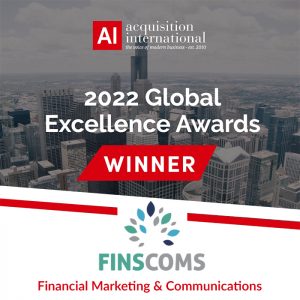
Raising capital – the changing route to the investor
Changing route to the investor Finance Dublin Oct 2022 – click this link or see below
Raising capital – the changing route to the investor
The environment for raising capital has evolved with changing investor preferences and behaviour making the route to successfully funding projects less clear writes Edward Simpson. He surveys the capital raising market and analyses how owners, investors and service providers can adapt to flourish in the market.
Raising capital today presents many challenges, one of which is a heavily congested route to the investor, others include creating investor interest in your project and project managing this interest to a potential close. A single flag or blocking point can derail this interest at any given moment. There is a considerable amount of heavy lifting to be successfully funded with slim chance of success. Current funding rates range from 0.05% to 3% that achieve funding – my experience is its more towards 0.75%. This funding rate can increase when those raising capital invest in and improve on a number of ingredients. An investor looks for reasons not to invest, don’t make it easy for the investor to say no, ensure you have all the components in place to shine brightly to catch the eye of the magpie. This article aims to shed light on raising capital from the principal owner/s to the investors’ point of view and to those who provide structuring services.
How has the market for raising capital changed in the last decade? Not so long ago raising capital, be it Equity, Debt or a Hybrid currently, adopted a well-used traditional formula, part of which was aheavy reliance on a direct approach, often armed with a 50+ page black & white undigestible prospectus, occasionally with a palm tree logo, sent out to all. When the phone doesn’t ring with an investor, many wonder why this is? Many an investor’s email inbox would be jammed full of unsolicited emails looking for funding, so much so that a Private Equity manager I recently spoke to advised me that he decided to implement A.I. to sift through 3,000 prospectuses received in the last 12 months. This is an interesting development, using A.I to decide which prospectus to put in front of the human (incidentally, it selected 6 from the 3,000, and all 6 were rejected by the human). The direct approach clearly doesn’t work, it’s a numbers game that works against many that try, often leading to negative branding as a result of sending to congested email inboxes. To others this is like throwing money out the window, projects simply won’t get funded in a direct approach, so what works today? What route do successfully funded projects take and how do those raising capital become a part of the successfully funded rate?
Raising Capital – Route to the Investor
How has the market for capital raising changed and going to change? What approaches work, and what doesn’t work in the changed funding environment? How can you create interest, boost visibility and get investors’ attention? Define the narrative, what are the key ingredients to tell your story in preparation to raise capital? Think before you commence the route to the investor phase. Great importance and how you are judged is placed on a brand; what story to tell and where?, your growth stage, financial history/forecasts, regulatory hurdles, geography and sector, ESG credentials, the management team & experience, geo-political risk and so on. All these ingredients need to be worked on, in the case of say ESG it’s not all about monies, this can be a legacy investment, an investor receives plaudits and kudos for bringing this project to market. For example to be associated with bringing a vaccine to market, or clearing the ocean of plastic, building sustainable resorts and so great emphasis should be placed on the narrative, to tell your story to create interest and when you do get this interest, to move forward and pre-empt investor flags. Time spent on getting these ingredients right is the difference on whether you move forward or not, pre-empt the investor questions, give the investor no reason to say ‘I am out’.
Many seeking funding or looking to raise capital take the traditional approach pressing the flesh, targeting investor lists, network their contacts, cold calling, roadshows, events, platforms, dozens of email campaigns. The reality is that investors have protected themselves with gate keepers, A.I. and many other tools to block out pretty much all direct approach. There are intermediaries that promise to connect to investors, there are institutions, investment banks, and many others that can assist, often for a retainer, and will act on your behalf to raise funds. At the very early stage of the route to the investor a discussion between principal owner and say the structurer is ‘Can you help me or know trusted parties that can help me?’. The structurer looks blankly back, and wonders is he/she talking about restructuring? I wonder how many reading this share these pain points, having paid a retainer for little or no action? Or encountered a structurer who provides traditional structuring services only?
Traditional raising capital is fraught with very little tangibles for a lot of work. Digital raising capital can show immediate returns. A more conservative type investor tends to be in the upper age bracket, needs to shake your hands and eyeball you. Are you someone they can work with and trust? Now, we see investors, possibly a younger generation, on-the-go who are used to searching online to find out more, you need to connect to this investor in the digital world.
Digital raising capital is where the action is, from crowd funding to inbound investor enquiries, to increasing brand equity, to launching to a ready made target audience. Right now investors are cutting out the middle man with their own research through search engines, Linkedin and the rest, investors are going direct. That’s the type of interest you want to create, the inbound investor enquiry. Early stage projects requiring funding struggle when up against the wall to show turnover, successful trading, profit and loss. However, an engaging story with the right digital marketing moves it towards direct interest from an investor. You must catch the eye with a good and compelling story (it might be a brave new digital world but first impressions still count). The next step is to keep this interest through any investor deep dive by covering all the questions, showing you are capable, displaying the project is as near to a turnkey project as possible. Building online communities, based around your story, told through a website or social media can get you momentum.
Investors and how they deal with those Raising Capital
On the investor side, how do investors, and those close to them, source suitable projects matching their criteria? How do they filter through the sheer volume of inbound enquiries from those presenting projects? Raising capital is a long and arduous journey where expectations are high at the start, be prepared for a long haul, be determined but not aggressive. Invariably an investor will have their own processes, network, and doesn’t generally take on board projects outside of this tried and trusted formulae. However, with the change in times investors are searching, going direct, a younger generation using tech gives those raising capital an opportunity to open a dialogue. You must, before engaging with any party or investor, first find out to who you are talking. Find out if they are credible, reliable, do your due diligence.
Unfortunately what you think are the main components an investor wants to see in a pitch deck are sadly the opposite of what the investor wants to see. Investor criteria change, new investor sectors continue to emerge (blockchain, crypto, renewables, fin/reg/bio tech). Do Investors research these new sectors, are they early adopters or more cautious to see where this new sector might go? Many investors are choosing to go direct, to skip the middle man which means projects must be prepared to deal with a direct approach. I have often worked with investors to source a project that matches their criteria, it makes good sense provided there is a trusted relationship with an investor.Investors that continue to use their tried and tested formulae, safe in the knowledge that it works, often ask themselves ‘what did we do well?’, ‘what can we improve?’. Investors are changing, and adapting, all stakeholders need to learn from this. The right traditional roadshows can yield results but investors are increasingly comfortable operating in the digital world.
How do the multiple investment sectors evolve, what’s in what’s out?
Like the shifting sands, investor criteria change, with the addition of new investor sectors to consider. As an example of this recent sectors to come to market include blockchain, crypto, renewables, and so forth. How do Investors research these new sectors, what’s coming in the future? Are we looking at the birth of a new sector? Are they early adopters or more cautious to see where this new sector might go? Find out what sectors are in vogue. Currently there is strong interest in ESG, infrastructure, hospitality, renewables, biotech and healthcare. All investment sectors, for instance mining (many nations that consume iron ore are forward purchasing iron ore in the ground), require their own set of unique ways and strategies of doing business in. Investor sectors are fast changing markets, the flavour of Q1 could be infrastructure, Q2 fintech or biotech. In general, investor sectors follow market trends, so for example in a recession, and by all accounts we are heading into a recession, investors tend to keep their powder dry.
Currently in vogue are ESG, sustainable, infrastructure, hospitality, healthcare and green energy. What’s coming next, maybe Blue Finance (water is tipped to be the next big investor sector – from removing plastic from our oceans, to water security funds). Other areas of high interest are Hospitality, Pharma, Lifesciences, Fintech/Biotech/ Regtech and every other type of tech, Mining, Energy, the list is extensive. Many projects will overlap, and can touch on multiple sectors – for instance a wind power project is infrastructure, energy, sustainable with green credentials. Do we look at sectors in general as well as specific? What happens when a sector declines or falls out of favour such as Crypto, Blockchain, Tokens (leading with ‘crypto’ or ‘blockchain’ as the initial interest now sees the door close very quickly, the door stays open if crypto or blockchain is a part of the solution). Many investors now look at their own brand and its connection to projects, are they doing their bit to help with say climate change, is it a legacy investment?
Should service providers evolve their services in this ever changing world? Should providers evolve their services?
Let’s take the example of a funds law firm. They are structuring for a client whose requirement is to have the fund funded. When the structuring is close to completion, how does this law firm help its client beyond structuring? Will this law firm remain comfortable in providing traditional legal services or, as in the example of MJ Hudson, Simmons and Simmons, Arendt and many more, will they help their client with a range of services beyond structuring including but not limited to AIFM/Manco, IR & marketing, marketing materials and documents like KIID, NAVs, distribution, ESG, investment management, to help projects and funds alike to gain funding.
Those service providers that adapt to the market, and go beyond the traditional services only, are flourishing, growing their practices and ensuring their clients have very chance of succeeding. The move from traditional legal services to a one-stop-shop servicing the client is not an easy transition, but done successfully can reap rewards. How many structurers will keep clients when others are providing services enabling them to achieve their strategic objectives? A law firm, for example, must show that they are as comfortable working in a digital environment as they are in their ‘comfortable’ traditional environment. Those who don’t achieve funding or raise capital potentially are heading towards an early termination, it is possible to have a bespoke raising capital strategy, that suits and not be shoehorned into what you are told fits.
In summary
How do funds and projects look to raise capital beyond sending out prospectuses? We have done our esearch and what the investor wants to see and respond to is the opposite of what project owners or funds believe the investor wants to see. There are many that offer a route to funding, some good and some less so. It is congested out there and help is needed in navigating these waters, to know which door to open. A deep understanding of both digital and traditional marketing is needed, placing great emphasis on telling your story to create interest, as well as getting your ingredients combined to attract and convert the investor interest. This interest can be investor specific (approaching a bespoke few contacts instead of a blanket approach) or to a wider audience. For example, if a fintech looking to raise capital has built online communities following its brand, it becomes more attractive to an investor. Likewise, first impressions matter. If you finally get through to a human who looks at this fintech opportunity only for a fintech to have no brand/website, why would an investor look deeper? What is the funder’s target audience? How will they approach their target audience? What is their story? Are their financials solid? There are many ingredients that need to be looked at and make this, I think, a useful start point on the route to the investor.
First impressions count, back up these first impressions and show you are comfortable operating in a traditional and digital world. Don’t just build a shiny website, think about its function, which ideally is to service inbound enquiries and reaffirm your credentials. Whether you are at early stage funding, small, medium to large organisations with previous funding experience, prior planning and investing into the ingredients to raise capital in both the traditional and digital environs, will yield tangibles. Even if you don’t get funded opening the right doors with a story to tell gets you seen. To be successful in raising capital a fund or project must have a story, a purpose, a brand to show they can operate in both the digital and traditional worlds, while law firms, accountancy firms and other service providers needto be able to offer more, beyond their structuring fees…those that do succeed.
Edward Simpson is Founder and co-Managing Partner of Finscoms, the full service marketing agency serving the financial services and investment funds sector. Connecting investors to projects.

